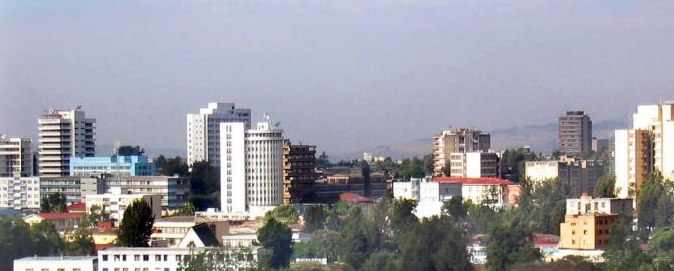
Last week I presented at the Making Finance Work in Africa conference in Addis Ababa. This was a unique opportunity for the African financial community to come together and discuss ways forward.
Specifically, taking a step back to review what has been achieved the past few years, to outline challenges that remain to be tackled and to identify areas still in need of attention. Also to get a handle on the possible strategies that can be employed in the efforts to address them. If anything, it was made clear that there are no prescriptions and anything but a one size fits all approach. Its about thinking local, taking a careful look at the context and the solutions that might address specific needs.
Thorsten Beck, the author of Financing Africa through the Financial Crisis, put forth the argument that, ‘In the industrialized countries of North America and Western Europe, financial innovation has acquired a bad connotation after the recent crisis, being associated with CDO, CDS and other three-letter abbreviations, which few understand.’ He continued, ‘ However, innovation is more than that and comprises numerous new products, new processes and new organizational forms. Innovation can be an enormously positive force, even in the financial system and especially in Africa. However, in order to reap the benefits of more innovation, a different regulatory approach is needed than currently present in most African countries.’
S. Kal Wajid, the Division Chief of Africa at the IMF, recognized the role of innovation and technology as key components in furthering financial sector development. At the same time he cautioned the attendees to carefully evaluate the risks and to not lost sight of the macro economic agenda. Thorsten agreed but expanded, ‘We can’t lose our focus on the macro economic agenda. At the same time we can look at innovative options for financial sector reform and to consider more activistic approaches.’ He highlighted one opportunity in which banks could share a common payments system that would reduce infrastructure costs, help expedite payments and thereby lower transaction costs. But again, what might serve as a ‘fast gain’ solution for one country could be less relevant for another.
Finding ways to better serve SMEs was also raised as a top priority. Gaiv Tata, the Director of Finance and Private Sector Development at the World Bank, highlighted the issue when he explained that 50% of SMEs in Malawi still rank access to finance as the leading challenge in their ability to realize potential. In Ivory Coast it’s 60% and in Benin the numbers approach 70% of SMEs that identify access to capital as a key constraint. Jason Wendle of Dalberg added, ‘the biggest challenge facing SMEs is collateral. Banks see the SME market as an attractive segment but still have difficulty assessing the risks.’ Leveraging technology, psychoanalytic testing and smart due diligence processes were offered as positive sector developments that combined could start to address this issue.
Still it was clear, Banks don’t necessarily appreciate the business of small scale entrepreneurs. Their products are limited and do not always offer the terms an entrepreneur requires to really grow their business. For example a big order that comes in and the business in need of a fast loan so they can scale production and service the contract. Difficult circumstances arise when the entrepreneur has to still wait months before the financing is organized on often unreasonable terms.
But there is much optimism. SMEs consistently show good returns and finding businesses that can generate a profit is really not the issue. The focus is instead on identifying smart and effective ways that better connect financial services with the entrepreneurs that can really put money to work. It’s connecting the dots that will see more SMEs creating jobs, paying taxes and building the sustainable businesses for the future.





No comments! Be the first commenter?